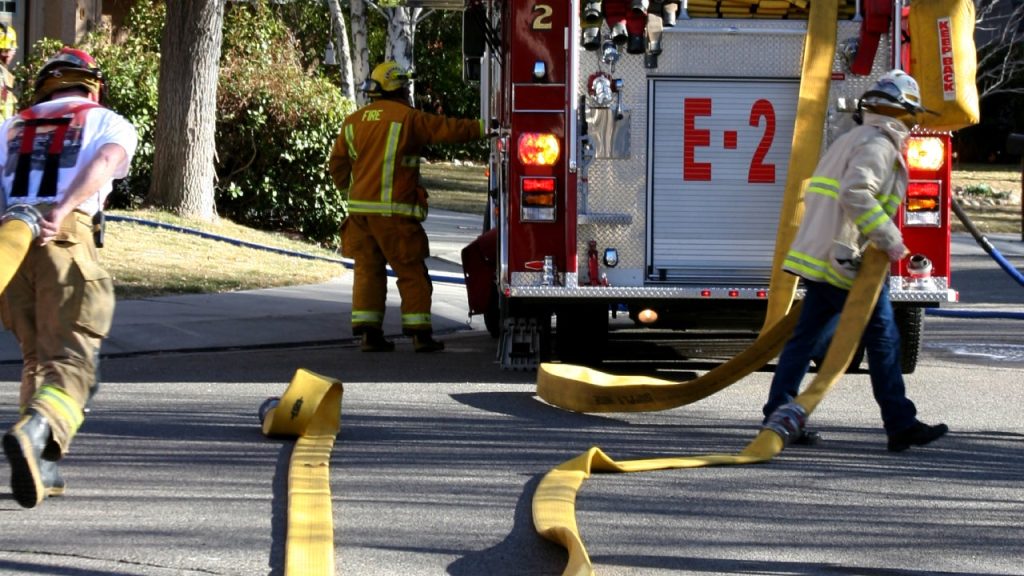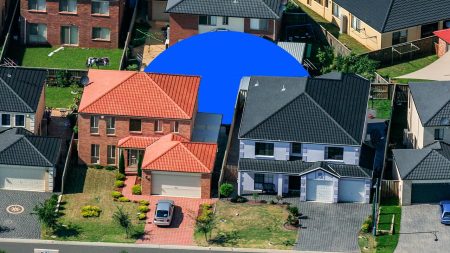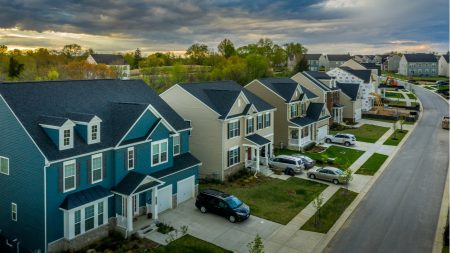ISO ratings are just one of the many things insurance companies look at when pricing your policy. ISO ratings show an insurance company how prepared a community is for a fire; communities that are more prepared for fires may see lower home insurance rates, while communities that are not fire-ready may pay more for coverage. While you may not be able to look up your community’s ISO rating — in most cases, only insurance companies and fire departments can look them up — knowing what they are can help you better understand your home insurance costs.
We’ll explain the meaning of ISO ratings, how they work, and how they can impact your home insurance coverage and premium.
What is an ISO fire rating?
An ISO fire rating is a score provided to fire departments and insurance companies by the Insurance Services Office (ISO). The score reflects how prepared a community and area is for fires. While it mainly focuses on the local fire departments and water supply, there are other factors that contribute to an area’s score.
An ISO score has the power to affect the insurance premium of every homeowner in the area and may even cause an insurer to deny you coverage in some circumstances.
How is an ISO fire rating determined?
The ISO uses the Fire Suppression Rating Schedule (FSRS) to determine community ratings. The FSRS is a manual that lists the most important elements of an area’s fire protection system. There are four categories that account for their scoring model, no matter where in the U.S. your home is located. Each category carries a specific weight and reflects a different aspect of fire prevention.
Once the score is calculated, the ISO assigns a Public Protection Classification (PPC) rating to the community. Below are the categories that account for ISO scores:
| Fire department: 50% | The overall health of a fire department is assessed in this category, based on the number of departments in the area. In addition, the ISO looks at firefighter training, number of firefighters and volunteers, and maintenance and testing of pumps and other crucial equipment. |
| Water supply: 40% | ISO evaluates each community based on its water supply. During the rating process, the organization looks at the number of fire hydrants in the area, the amount of water available after daily consumption and whether the community has enough water and water access for fire departments to use for fire suppression. |
| Emergency communication systems: 10% | This evaluates how well a fire department receives and responds to emergency calls. Some of the specific factors that contribute to PPC ratings include the number of agents in the emergency call center and the number of computer-aided dispatch (CAD) facilities in the community. |
| Community risk reduction: 5.5% | Any extra practices a community develops toward fire prevention and response are recognized in this category. It includes fire safety education, fire prevention techniques and fire investigation (ISO considers these points to be bonus points). |
The highest PPC score an area can receive from ISO is 105.5. While the biggest category is the fire department, which accounts for 50 percent of the score, the hardest to improve is an area’s water supply. A lack of fire hydrants and access to an adequate amount of water cannot be easily remedied and would require extensive infrastructure development to fix.
It is possible to be denied home coverage based on an ISO report, but many companies only use ISO for part of their calculations. Should you be unable to get a policy with one company, you may be able to submit applications to other home insurance providers. Not all carriers will deny you coverage due to your area’s PPC score.
How does an ISO fire rating affect insurance rates?
In 2022, the Insurance Information Institute (Triple-I) found that fire and lightning made up almost one in five (21.9 percent) of home insurance claims — outranked slightly by water and wind claims. The same report found that fire and lightning claims were the most expensive property damage losses. From 2018 to 2022, the average fire and lightning claim resulted in almost $84,000 in insured losses. The frequency and severity of fire losses is why many insurers take ISO scores into account when determining premiums.
If your fire department has a strong score from the ISO, this suggests to your insurance provider that the likelihood of your home being destroyed by a fire is low. It could still happen, of course, but the chances are not as high as they could be if you lived somewhere with a poor ISO score.
Homes located in areas with poor PPC ratings may see higher premiums to reflect the greater risk companies take on by insuring the home. However, some companies may not even look at ISO scores and instead rely on other data to determine risk.
An ISO score is only one aspect among many that home insurance providers look at. Other factors they consider include tornado risk, storm frequency and strength, crime rates and home characteristics.
“Along with ISO ratings, which are beyond a homeonwer’s control, insurers evaluate the condition of a home’s electrical wiring, heat equipment, roof and even the home’s landscaping to determine rates and eligibility,” says Shannon Martin, Bankrate insurance analyst.
Homeowners living more than five miles from a firehouse and over 1,000 feet from an alternate water source tend to pay higher premiums due to increased fire risk.
— Shannon Martin, Bankrate Insurance Analyst
Additionally, each company uses its own pricing algorithm to determine how much a customer will pay for coverage. Because there are so many differences between every insurer, homeowners may benefit from comparing quotes from multiple carriers. Each provider is dramatically different in how it underwrites risk factors, especially those revolving around fire.
How can I look up my home’s ISO rating?
Your home does not have its own unique ISO fire department rating; the area in which it is located does. This means that you and your immediate neighbors should have the same ISO fire rating.
Further, your area’s ISO rating is only given to your local fire department and insurance companies. It is typically not released publicly unless the fire department decides to announce it. Some fire departments will provide your area’s rating if you give them your ZIP code, but they are not required to do so and may deny your request when you contact them.
If you are unable to determine your area’s ISO score, there are other ways to calculate how at-risk your home is for a fire. You can get an idea by studying the National Interagency Coordination Center’s interactive map of the U.S., or the National Park Service’s interactive wildfire history timeline. While this information may not help improve rates with your home insurer, it may help provide context for choosing a carrier or discussing coverage options.
How can I improve my home’s ISO rating?
Individual homes do not get assigned ISO ratings. These ratings are assigned to communities, and communities as a whole may improve their ISO rating by supporting initiatives to enhance fire department capabilities and emergency communications. Enhancing water supply systems is more challenging, but communities can work to improve their water infrastructure by increasing the number of fire hydrants and ensuring that all hydrants and water mains are functioning properly.
Communities may also impact their ISO ratings by establishing proactive measures to address fire risks. These initiatives could include fire prevention education programs, communication efforts to promote compliance with fire codes or regular building inspections to alert owners of fire risks.
How to make your home more fire-resistant
If your home is in an area with a high ISO rating, you might consider these additional steps to reduce your fire risk. These individual steps likely won’t impact your area’s ISO rating, but they may reduce your chance of fire damage and earn you a lower premium:
- Install fire prevention systems: Consider installing a fire sprinkler system and a smart smoke alarm system in your home in case of a fire. Not only will these features keep you and your family safer in case of a fire, but you might also be able to earn a home insurance discount.
- Keep your yard maintained: If there are trees, bushes, or tall grass planted around your house and yard, it can cause wildfires to spread and potentially reach your home. It’s a good idea to clear vegetation and maintain your yard year-round to prevent fires from growing.
- Upgrade fireproof vents: If you live in an area with high fire scores, upgrading your vents with fireproof screens can help prevent embers from entering your home and potentially causing a fire.
- Unplug electronics when you leave: If you are leaving your home for a significant length of time, unplug your appliances and electronics to avoid the possibility of sparks igniting a fire.
- Move flammable items away from heat sources: This is especially true in the kitchen, where you might have flammable items like pot holders hanging next to the stove.
- Keep your chimney or wood stove maintained: Clean and inspect chimneys or wood stoves annually to ensure there is no buildup of creosote, which can ignite and cause fires. Install a spark arrestor at the top of your chimney to prevent embers from escaping and starting a roof fire.
Frequently asked questions
Read the full article here












